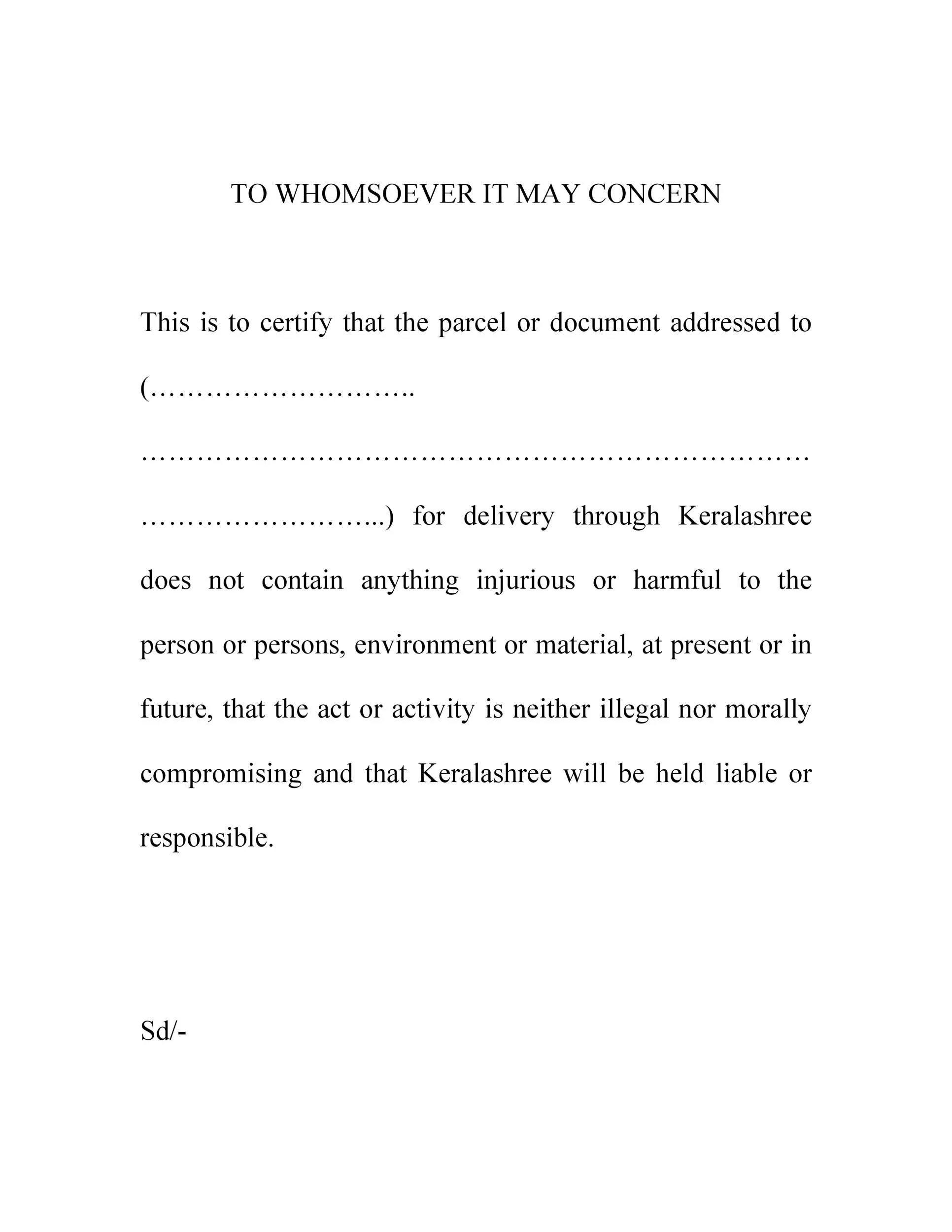What is a Cover Letter Sample?
A cover letter sample serves as a template or example to guide job seekers in crafting their own cover letters. It provides a structure, style, and content guidelines to effectively communicate their qualifications, skills, and enthusiasm for a specific job opportunity. Cover letter samples are incredibly useful because they offer a starting point and ensure that all the necessary elements are included, helping individuals avoid common pitfalls and create a compelling introduction. These samples range from the most basic to highly tailored for specific industries or roles. Using a cover letter sample is more than just copying and pasting; it is about understanding how to present yourself professionally, making a strong first impression, and highlighting your value to a potential employer. This essential document complements your resume, providing context and personality that are difficult to convey solely through a list of experiences and skills. Whether you are applying for your first job or seeking a career change, a well-crafted cover letter is a crucial tool for success in the job market.
Why is a Cover Letter Important?
Cover letters play a pivotal role in the job application process, often serving as the first point of contact between a candidate and a hiring manager. They are important because they provide a unique opportunity to introduce yourself, express your interest in a specific position, and showcase your personality and communication skills. Unlike a resume, which is a factual account of your experiences, a cover letter allows you to narrate your story, connect your skills to the job requirements, and demonstrate your understanding of the company’s needs. This allows recruiters to see beyond your qualifications on paper and gauge your fit within the company culture. In a competitive job market, a well-written cover letter can set you apart from other applicants. It shows that you have taken the time to research the company and the role, and that you are genuinely interested in the opportunity. Moreover, a cover letter provides the space to address any gaps in your resume or explain unusual career moves, providing clarity and context that is often missing from a resume alone. Using a cover letter sample will help with the structure and flow.
Components of a Cover Letter Sample
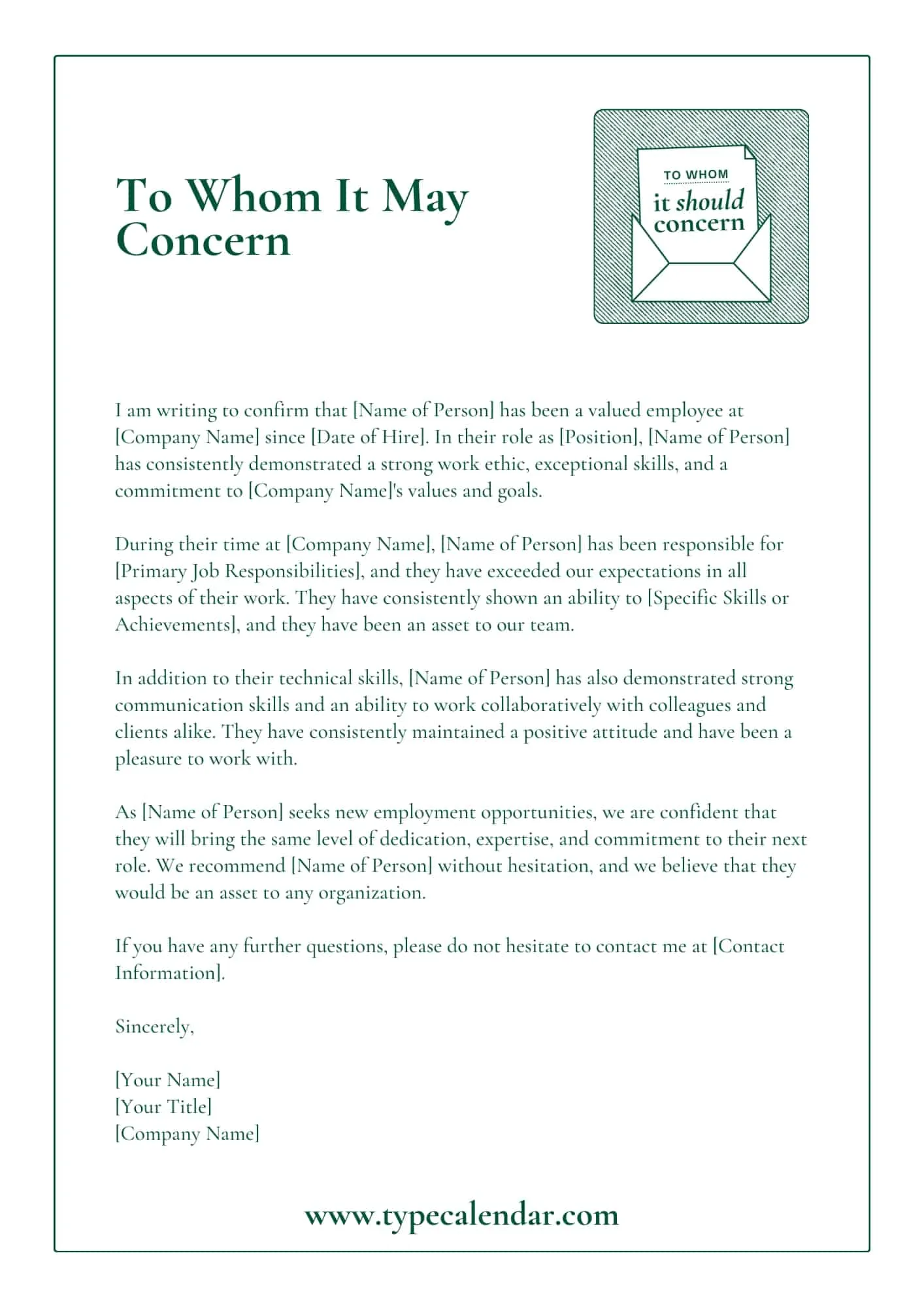
A well-structured cover letter sample typically includes several key components. Each section serves a specific purpose and contributes to the overall effectiveness of the letter. Understanding these components and how they fit together will help you craft a compelling and persuasive cover letter. You should familiarize yourself with the standard components to ensure that your application stands out and helps you progress to the next stage of the recruitment process. A comprehensive cover letter should ideally address the following components:
Heading Section
The heading section contains essential information that identifies the sender and recipient of the cover letter. It sets a professional tone and ensures that the letter is properly formatted and easy to read. This part establishes credibility and professionalism from the start of the letter. The heading section is comprised of the applicant’s contact information, the date, and the recipient’s information.
Applicant’s Contact Information
At the top of your cover letter, you should include your name, address, phone number, and email address. Ensure that your contact information is current and accurate. This information is usually aligned to the left or centered and is crucial for allowing the employer to contact you easily. Make sure your email address is professional, using a combination of your name and not a generic, informal, or outdated address. Verify that your phone number is reachable and that your voicemail is set up to receive messages.
Date
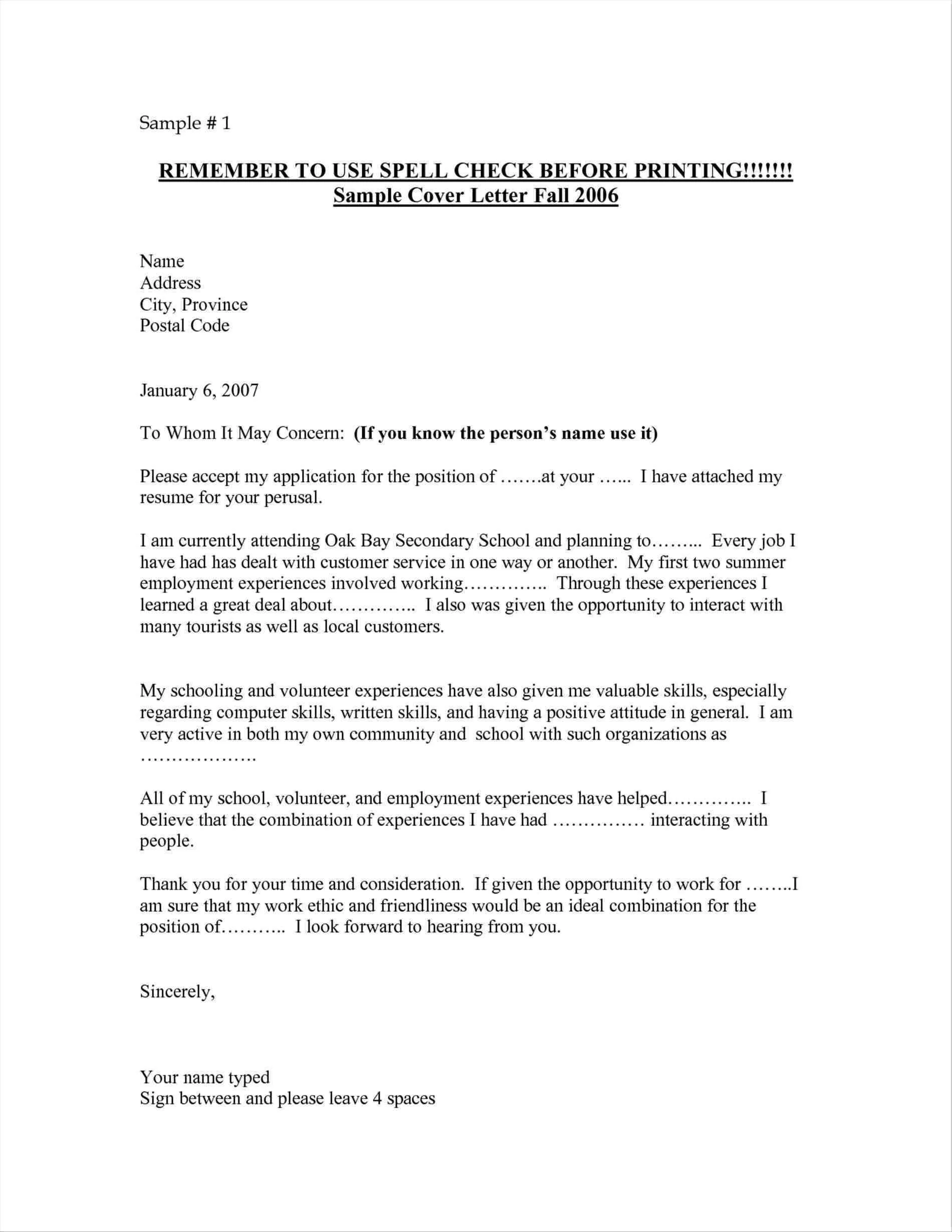
The date the cover letter is written should be included beneath your contact information, usually on the left or right side of the page. It helps employers understand when the letter was written. Ensure that the date format is consistent with the region of the company you are applying to. For example, in the United States, the format is typically Month Day, Year (e.g., May 15, 2024), while in many other parts of the world, it is Day Month, Year (e.g., 15 May, 2024).
Recipient’s Information
This section includes the name of the hiring manager (if known), their title, the company name, and the company’s address. It shows that you have taken the time to find out who will be reading your letter. Researching the specific name and title of the hiring manager will help you personalize the cover letter. If you are unable to find the hiring manager’s name, you can use the job title (e.g., Hiring Manager) or department (e.g., Human Resources Department). This attention to detail demonstrates your professionalism and keenness.
Salutation
The salutation is the greeting of your cover letter and sets the tone for the rest of the document. The salutation is determined by your level of familiarity with the hiring manager. When you have the name of the hiring manager, use a formal greeting such as “Dear Mr. / Ms. Last Name.” When you do not have a specific name, use a generic salutation like “Dear Hiring Manager.” Avoid outdated salutations like “To Whom It May Concern.” The salutation should be followed by a comma or a colon.
Body Section
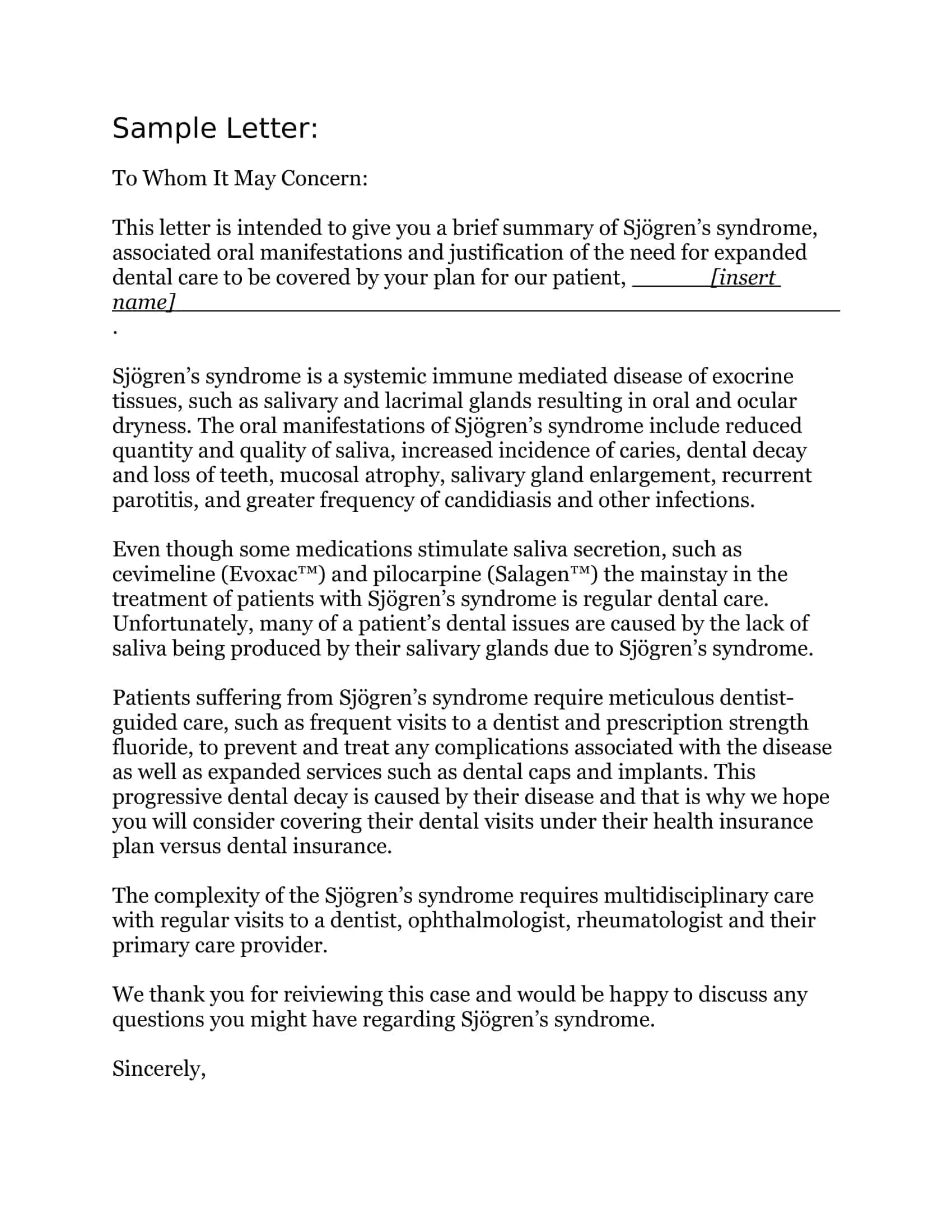
The body section is the main content of your cover letter, where you provide details about your skills, experiences, and why you are a good fit for the job. It is divided into a few key paragraphs that work together to present a clear and compelling case for why you should be considered for the position. The body must show the hiring manager that you meet their needs and that you understand the company. Ensure your writing is concise, and your claims are backed by concrete evidence. The body consists of an opening paragraph, highlights of your key qualifications, showcasing your skills and experiences, and an enthusiastic closing paragraph.
Opening Paragraph
The opening paragraph should immediately grab the reader’s attention and state the purpose of your letter: to apply for a specific job. Mention where you found the job posting and the job title. Briefly express your enthusiasm for the opportunity and the company. Use this paragraph to concisely explain why you are interested in the position and what initially drew you to the role or company. Make sure that your opening is clear, confident, and focused, helping to set a positive first impression that encourages the reader to continue reading the rest of your letter.
Highlight Your Key Qualifications
In this section, highlight the most relevant qualifications, skills, and experiences that align with the job requirements. Use the job description to identify the key skills and experiences the employer is seeking, and then provide specific examples that showcase your abilities. Quantify your achievements whenever possible. Focus on the top 2-3 skills or experiences. Each should relate back to the role you’re applying for. Explain why you are a suitable candidate by pointing out your relevant experience and showing that you have the skills needed to carry out the tasks.
Showcase Your Skills and Experiences
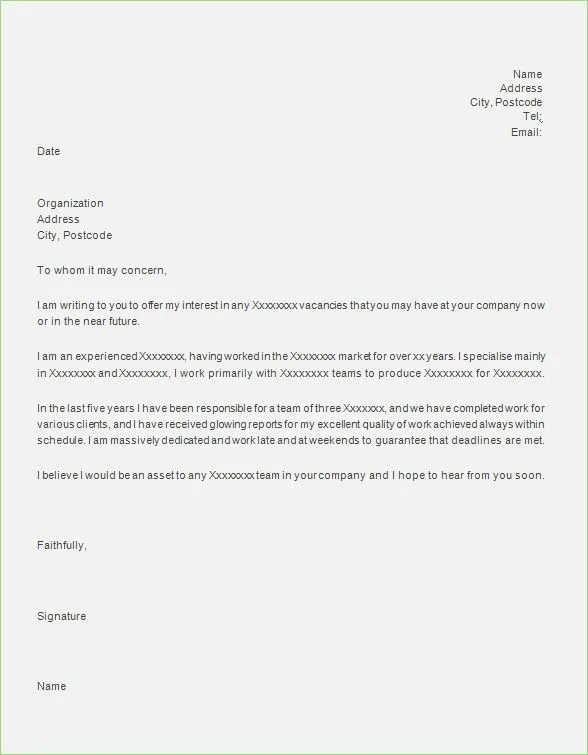
Use this section to elaborate on your skills and experiences, providing more specific examples and details. Describe how you have used your skills in previous roles, and provide evidence of your accomplishments. Use the STAR method (Situation, Task, Action, Result) to explain your contributions clearly and concisely. For each skill or experience, briefly describe the situation, the task you were assigned, the actions you took, and the results you achieved. This method enables you to structure your stories in a way that demonstrates your capabilities effectively. This will show the recruiter that you are not only knowledgeable but also able to apply your experience and skills to solve problems and achieve specific goals. Showcasing the value of your past experiences increases your chances of being hired.
Express Your Enthusiasm
Throughout the body of your cover letter, express your enthusiasm for the position, the company, and the industry. Let your passion shine through by clearly expressing your interest in the job and the specific aspects of the company that attract you. Show that you have thoroughly researched the company’s values, mission, and recent activities and explain how your personal career goals align with these objectives. By highlighting your enthusiasm, you show the hiring manager that you are genuinely interested in the opportunity. This can make your cover letter memorable and increase your chances of securing an interview.
Closing Paragraph
The closing paragraph provides a summary of your qualifications and reiterates your interest in the position. It should include a call to action, expressing your desire for an interview, and thanking the reader for their time and consideration. This final paragraph should reinforce your key qualifications and summarize why you are the ideal candidate for the role. This is also the right place to mention you are available for an interview and welcome the opportunity to discuss your qualifications further. Make sure that your closing leaves a positive impression and encourages the hiring manager to take the next step. A strong conclusion is the final chance to capture the reader’s attention.
Call to Action
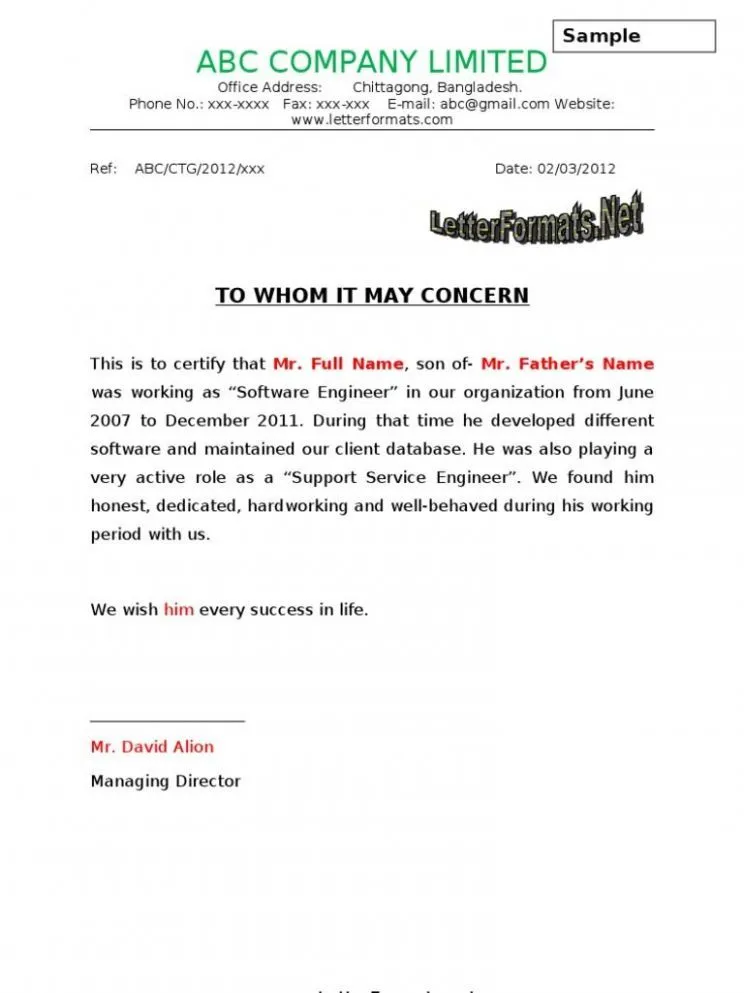
In your closing paragraph, clearly state your desire for an interview or the next step in the hiring process. This prompts the hiring manager to take action and sets a clear expectation for the next stage. Avoid vague statements like “I look forward to hearing from you.” Instead, try a more specific approach. For example, you could write “I am eager to discuss my qualifications further in an interview” or “I am available for an interview at your earliest convenience.” Being proactive and direct can increase your chances of receiving a response. A strong call to action shows that you are eager and confident about your application.
Express Gratitude
Always thank the hiring manager for their time and consideration. Showing gratitude at the end of your cover letter leaves a positive impression and demonstrates professionalism. You can express your gratitude by writing a simple phrase such as “Thank you for your time and consideration.” or “I appreciate you taking the time to review my application.” Showing your gratitude is about acknowledging the effort put in by the person reading your application. Even if you are not selected for the position, expressing gratitude can leave a lasting impression and potentially open doors for future opportunities.
Sign-off
Conclude your cover letter with a professional sign-off, such as “Sincerely,” “Best regards,” or “Thank you.” This is a customary way of ending the letter. The sign-off should be followed by a space for your handwritten signature, if you are submitting a physical copy, or your typed name. Choose a sign-off that feels authentic and matches the overall tone of your letter. This final element is a crucial part of creating a professional impression.
Types of Cover Letter Samples
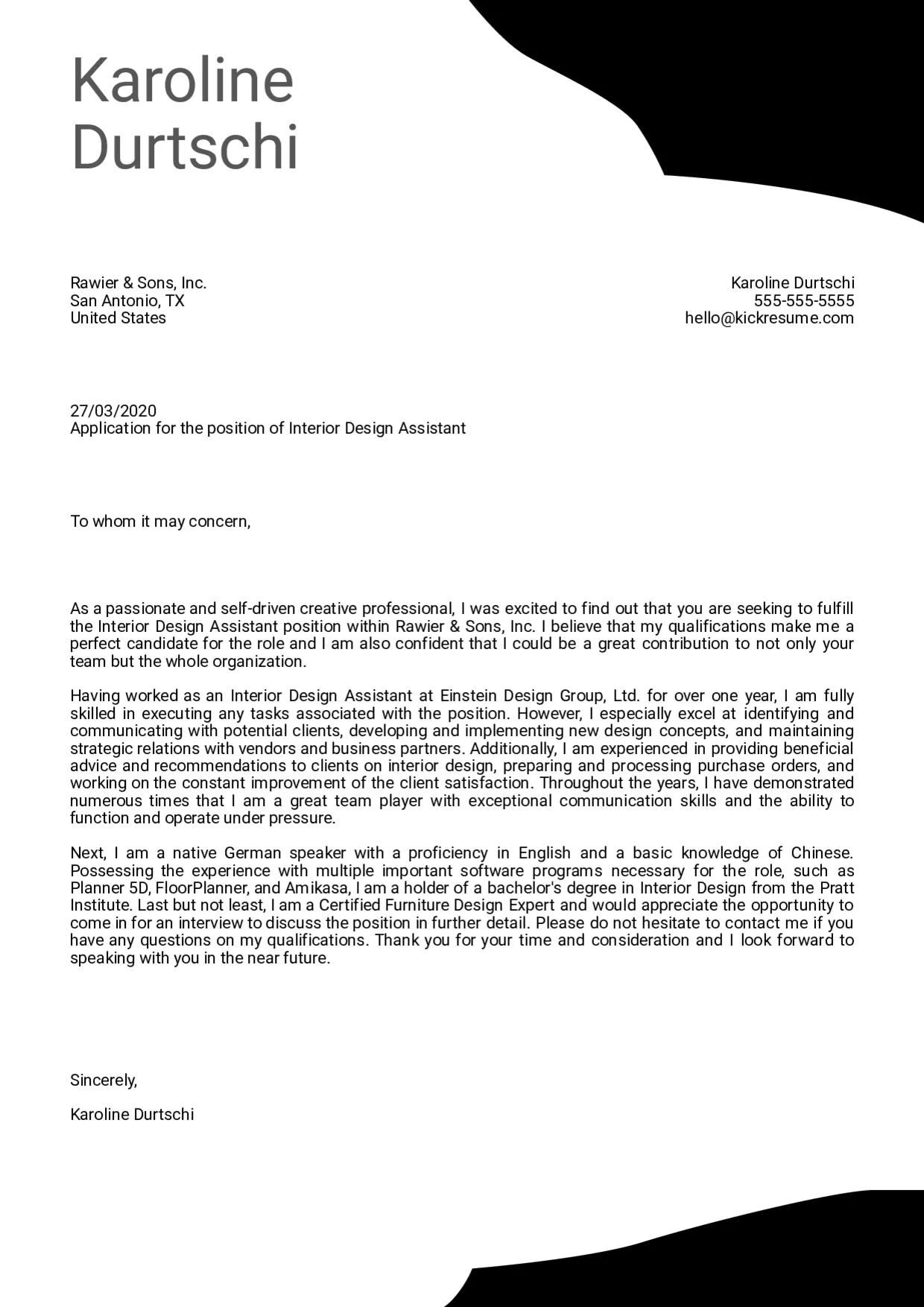
There are several types of cover letter samples, each designed to suit different job-seeking scenarios and professional needs. These samples can be adapted to reflect the specific job requirements and your individual strengths, skills, and experience. Reviewing diverse samples can help you understand what type best suits your application. The most common types include the standard, targeted, accomplishment, and skills-based cover letters. These letter types can be adjusted to fit your unique profile and the needs of the job.
The Standard Cover Letter Sample
The standard cover letter is a general-purpose letter suitable for many job applications. It typically includes an introduction, a brief overview of your key qualifications, and a closing that expresses your interest in the position. This type of cover letter is versatile and can be adapted to various job types, making it a solid choice for those who are applying to multiple positions or have a broad range of skills. The standard format is the foundation for all cover letters, making it easy to adjust for different jobs. It’s a great option to include when you aren’t completely sure what the employer is looking for.
The Targeted Cover Letter Sample
The targeted cover letter is designed for specific job openings and is customized to match the requirements of each position. It highlights the skills and experiences that are most relevant to the job description. When you are certain that the job is a great fit for your qualifications, tailor your application. This approach demonstrates your attention to detail and your genuine interest in the role. The targeted approach is much more persuasive than a generic approach. This sample letter is a crucial tool for showcasing your understanding of the company’s needs and your ability to meet them.
The Accomplishment Cover Letter Sample
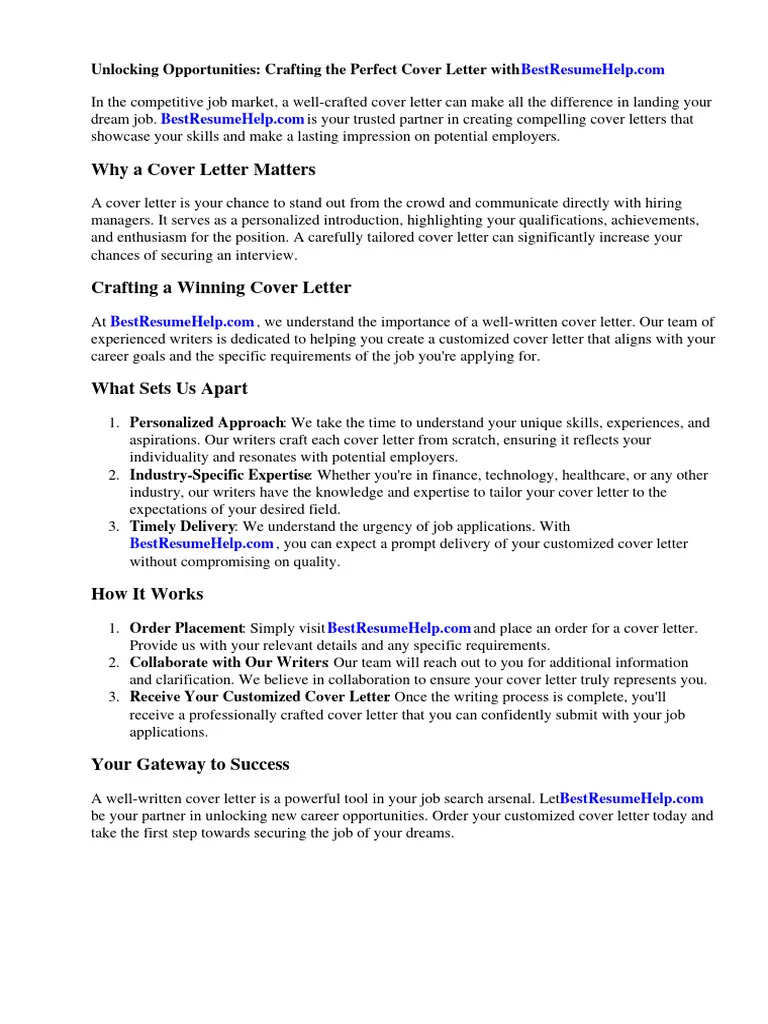
The accomplishment cover letter emphasizes your achievements and results, providing concrete evidence of your abilities. This type of cover letter is useful for demonstrating your value. It is more concerned with what you have achieved in previous roles. It focuses on quantifiable results and data to support your claims. This is helpful for showing the impact that you can make. Use numbers, data, and statistics to emphasize your achievements. Accomplishment-based cover letters can leave a lasting impression on the hiring manager.
The Skills-Based Cover Letter Sample
The skills-based cover letter focuses on your transferable skills and experiences, especially useful if you are changing careers or lack direct experience. It is a valuable option if you don’t have all the direct job-related experience. The main goal is to show that you possess the necessary skills to perform the job effectively. This letter type helps you emphasize your capabilities. Your skills will be the core of the letter. Your cover letter becomes an example of how you have used these skills in a professional context.
How to Customize a Cover Letter Sample
Customizing a cover letter sample is crucial to make it relevant and tailored to your specific needs. This is not simply about changing the company name and job title; it is about adapting the content to reflect your unique qualifications, experiences, and personality. It is important to personalize a cover letter sample, highlighting your own accomplishments, explaining your reasons for wanting the job, and reflecting your personality. Tailoring a cover letter ensures that your application is tailored to the specific requirements of the job and the culture of the company. A customized cover letter sample is far more effective than a generic one, as it shows that you have taken the time to understand the role and are genuinely interested in the opportunity.
Formatting Tips
Formatting is a crucial aspect of any cover letter sample, as it directly impacts readability and professionalism. Proper formatting ensures that your cover letter is easy to read, well-organized, and visually appealing. Select a professional and easy-to-read font, such as Arial, Times New Roman, or Calibri, with a font size between 10 and 12 points. Use consistent formatting throughout the letter to maintain a professional appearance. Maintain 1-inch margins on all sides. Ensure your content is well-spaced, with single-spacing within paragraphs and a space between paragraphs. Make sure that you are using appropriate paragraphing, with the left-aligned text. Consistent formatting will make your cover letter look polished and show that you pay attention to detail.
Tailoring Your Content
Tailoring your content is essential to ensure that your cover letter sample aligns with the specific requirements of the job and the company. Start by carefully reviewing the job description and identifying the key skills, experiences, and qualifications that the employer is seeking. Use the job description to customize your content. Highlight the skills and experiences that align with the job requirements. Provide concrete examples of your accomplishments, and use data to demonstrate the impact of your work. By matching your content to the job description, you show that you have taken the time to understand the role and are a good fit. Always include details, skills, and work history that shows you would be a perfect fit.
Proofreading and Editing
Proofreading and editing your cover letter sample is essential to ensure accuracy, clarity, and professionalism. Carefully review your cover letter for any grammatical errors, typos, or inconsistencies. Check the spelling of the hiring manager’s name, company name, and any other specific details. Correct any grammatical errors and ensure that your sentences are clear, concise, and easy to understand. Consider having a friend, colleague, or career counselor review your cover letter to provide feedback and catch any errors you may have missed. Paying attention to details, such as grammar and spelling, is an effective way to show the hiring manager that you pay attention to detail. Editing will make your application much more professional, increasing your chances of being hired.
Cover Letter Sample Mistakes to Avoid
Avoiding common mistakes can significantly enhance the effectiveness of your cover letter. Being aware of these pitfalls will help you produce a strong and professional cover letter that captures the attention of hiring managers. Common mistakes can include generic content, errors, and lack of personalization. By avoiding these common mistakes, you can significantly improve the quality of your cover letter and increase your chances of making a positive impression. A strong cover letter will leave a lasting impression. Avoid copying and pasting from other cover letters, using vague language, or writing a cover letter that is too long. These mistakes will hurt your chances of being considered.
